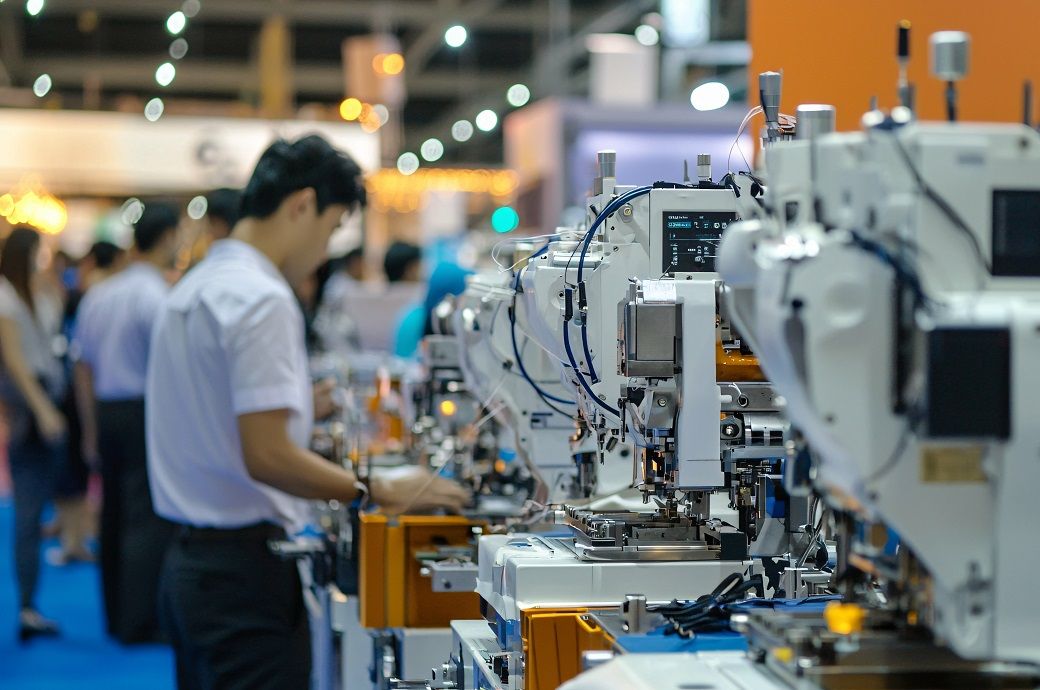
Export orders declined in June, undermining total new business growth, though domestic demand remained strong. Stock building surged, as manufacturers accelerated input purchases to hedge against rising prices and potential supply disruptions. Input buying rose at the fastest pace in 37 months, driving inventories of both inputs and finished goods to near-record levels.
Manufacturing prices spiked, with input and output costs rising at the fastest rate since July 2022. Nearly two-thirds of manufacturers citing higher input costs attributed them to tariffs, and over half linked raised selling prices to the same. Price increases pushed overall inflation to the second-highest level since the start of 2023, signalling a potential rise in consumer inflation to around 4 per cent in the coming months, S&P Global Market Intelligence said in an economics commentary.
Employment in manufacturing rose at the sharpest pace in a year, as firms attempted to meet growing workloads. June saw the first rise in backlogs since September 2022, contributing to these jobs rebound.
Despite the positive hiring trend, business confidence dipped slightly, reflecting persistent uncertainty over trade policy and tariffs. While manufacturing sentiment improved marginally, concerns over policy volatility under the new Trump administration lingered.
With inflation surging and growth slowing, analysts expect the Federal Reserve to keep interest rates unchanged at 4.25—4.5 per cent through the rest of 2025, adopting a cautious ‘wait and see’ approach. The forecast projects GDP growth under 1.5 per cent for the year—marking the weakest performance since 2009, excluding the pandemic.
ALCHEMPro News Desk (SG)
Receive daily prices and market insights straight to your inbox. Subscribe to AlchemPro Weekly!